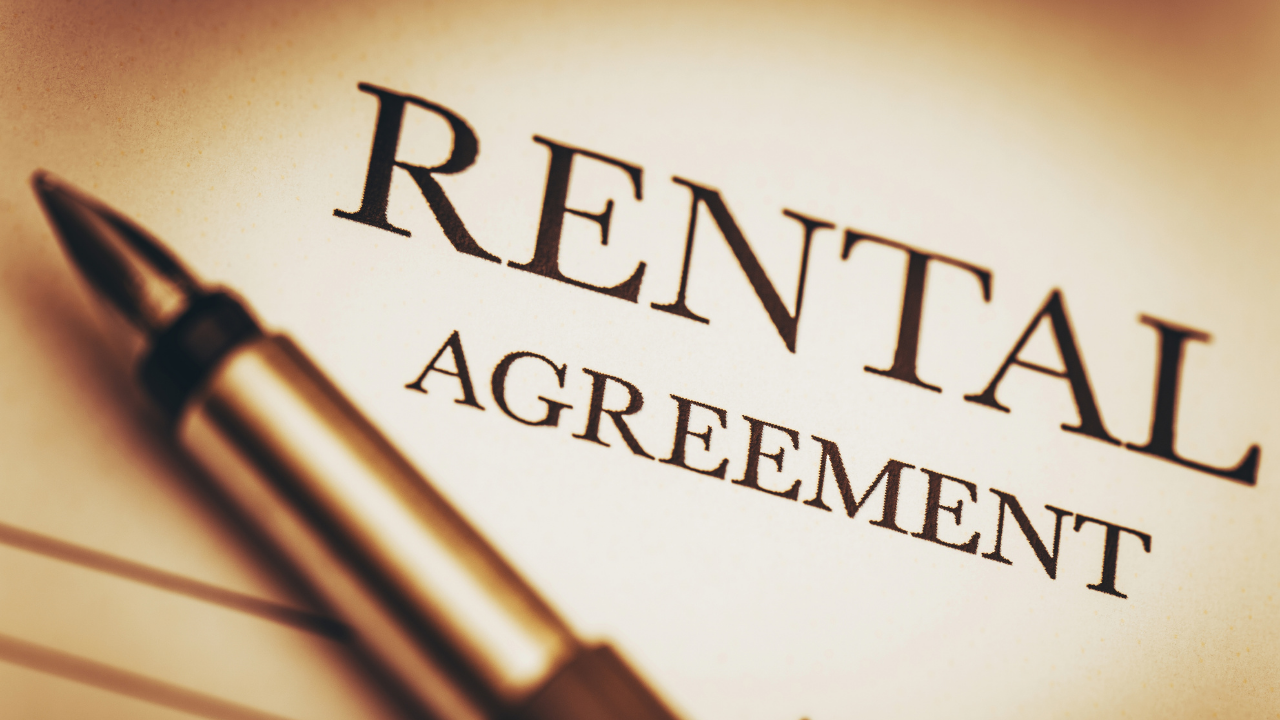Residential Rent Agreement: Legal Contract for House Rental in India
A rent agreement is a legal document between the landlord and the tenant whereby the landlord allows the latter to occupy or use their property according to the pre-discussed terms and conditions for a fixed period of time. Usually, under such contracts, the landlord gets paid an agreed rental payment by the tenant in exchange for tenancy. The difference between a rental agreement and a lease agreement is that a lease agreement is a long-term contract. A Residential Rental Agreement between a tenant and the landlord is when the tenant wishes to occupy the property for residential purposes.
A residential rent agreement can be used for various residential properties like: flats, houses, bungalows.
A house rent agreement, also known as a lease, is a legally binding contract between a landlord and a tenant that outlines the terms and conditions of the rental of a residential property. The agreement specifies the length of the tenancy, the amount of rent that must be paid, and any rules or restrictions that apply to the property. It is important for both the landlord and the tenant to thoroughly review and understand the terms of the agreement before signing.

Here are some things to consider when drafting a house rent agreement
1. Length of the tenancy: The agreement should specify the duration of the tenancy, whether it is a month-to-month lease or a fixed-term lease.
2. Rent: The agreement should clearly state the amount of rent that must be paid, as well as when and how it must be paid. It should also specify any increases in rent that may occur during the tenancy.
3. Security deposit: Many landlords require a security deposit to be paid at the start of the tenancy. The agreement should specify the amount of the security deposit, as well as any conditions under which it may be returned to the tenant.
4. Maintenance and repairs: The agreement should outline the responsibilities of both the landlord and the tenant when it comes to maintaining and repairing the property.
5. Occupancy: The agreement should specify the number of people who are allowed to live in the property, as well as any restrictions on subletting or having guests stay for extended periods of time.
6. Termination: The agreement should outline the circumstances under which either the landlord or the tenant may terminate the tenancy, as well as the notice period that must be given.
It is important to have a written house rent agreement in place to protect the rights and interests of both the landlord and the tenant. It is a good idea to have an attorney review the agreement before signing to ensure that it is fair and legally enforceable.
You can fill the form below, in a guided interview, to generate a sample pdf and word document for the format of a Residential Rent Agreement.

